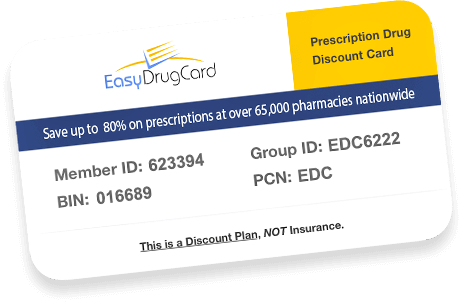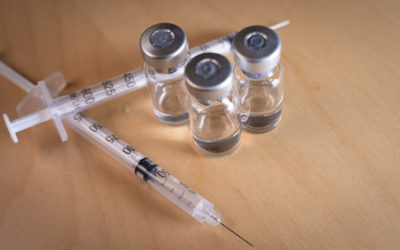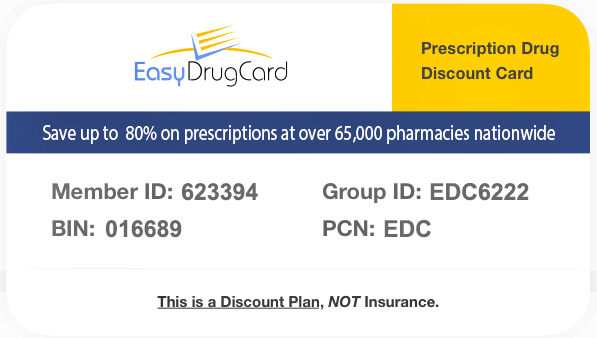Non-Steroidal Anti-Inflammatory Drugs
My son, Huck, phoned recently to let me know of his problem. Knee pain, diagnosed by MRI as Chondromalacia – Runner’s Knee. Huck is in the Navy and runs to keep in shape and to pass the Navy’s regular physical fitness assessment. He’s OK when he runs slow, but who wants to run slow? When he runs faster, his knee hurts. The doc gave him a prescription for Celebrex® – generic name celecoxib. As is typical for many patients, he’s wondering about what’s going on, how his medicine might help, and when he’s going to get better.
Inflammation is an important and useful process that the body uses to minimize and repair damage to tissues.
Inflammation is somewhat nonspecific in that the same processes are in play to isolate an infection to prevent it from spreading throughout the body, and following tissue injury. Redness, swelling and pain are hallmarks of inflammation; these are mediated by various substances that tissues produce to recruit specialized cells to the area to initiate the repair process. Inflammatory mediators can also produce pain.
Prostaglandins are inflammatory mediators that are influenced by NSAIDs, drugs that are used for pain and inflammation.
Prostaglandins got their name when they were first isolated from the prostate gland by Swedish pharmacologist Ulf von Euler. They provide local control of a variety of physiological functions, and different prostaglandins sometimes produce opposite effects. Prostaglandins are involved in renal blood flow, blood clotting, uterine contraction, protection of the GI tract and the heart changes that occur shortly after birth.
NSAIDs (prounounced “N-saids”) are non-steroidal anti-inflammatory drugs; they are used for inflammation, pain and fever.
Aspirin, ibuprofen, naproxen and celecoxib are common NSAIDs. These drugs block the production of prostaglandins by inhibiting cyclooxygenase, a key enzyme in the production of prostaglandins. There are two forms of cyclooxygenase: COX- 1 and COX- 2. The COX- 1 enzyme is present normally, whereas the COX- 2 enzyme is increased in response to tissue damage and some cancers. COX- 2 is involved in normal renal and cardiovascular function.
NSAIDs can be good drugs to take following injury and can help patients heal faster. By inhibiting the inflammatory response, they can improve blood flow to an injured area and advance the healing process. Of course, relieving the pain that accompanies inflammation can also be a benefit, but not always.
“Should I keep running while taking NSAIDs? Do they take away the inflammation or cover up the pain, so I’m doing more damage?”
Pain is the body’s signal that tissues are being damaged.
It’s your body’s way of saying “quit doing this”! So patients should balance their activities with the pain relief and inflammation decrease produced by the drugs. That’s why physicians often recommend rest at the same time they recommend NSAIDs. As for most patients, Huck’s prospects following rest and treatment are good.
NSAIDs are among the most commonly used nonprescription drugs.
- They are safe and effective for most patients, but sometimes their effects can worsen underlying conditions.
- Because they are involved in so many things, prostaglandins have the potential to produce effects at multiple sites in the body.
- For example, NSAIDs decrease blood flow to the kidneys and can encourage fluid retention, which can be a problem in patients with heart failure or hypertension.
- Their effects on the uterus and infant can make them inappropriate during pregnancy.
- NSAIDs also affect blood clotting, and can influence GI bleeding.
COX-2 selective NSAIDs such as celecoxib were developed to minimize gastrointestinal bleeding.
These drugs are easier on the stomach, but can be harder on the cardiovascular system. For younger healthy individuals like Huck, that’s not usually a problem; for older patients like myself, we should consider benefit versus risk for the drugs. Of course, we should be doing that for all our drugs.
NSAIDs are common drugs that can often help, but sometimes hurt.
Your prescriber or pharmacist can answer questions on your medicines. BTW, stop by and say hello to your pharmacist during October; it’s national pharmacy month!
Refererences:
- https://www.nlm.nih.gov/medlineplus/painrelievers.html
- http://www.rheumatology.org/I-Am-A/Patient-Caregiver/Treatments/NSAIDs
- http://www.fda.gov/Drugs/DrugSafety/ucm451800.htm












